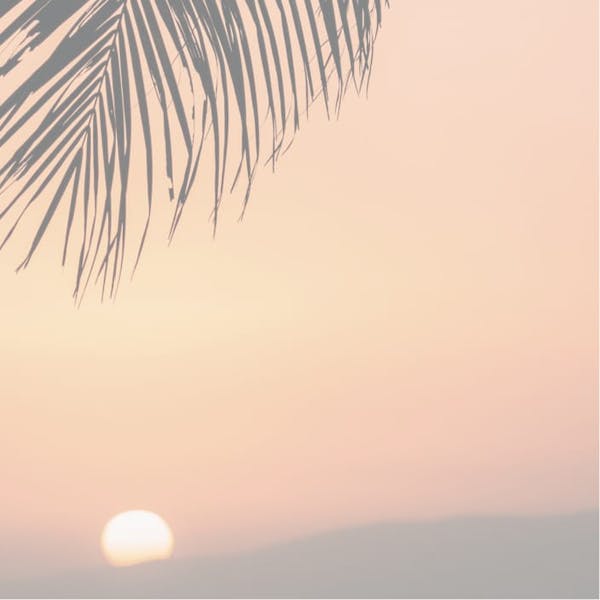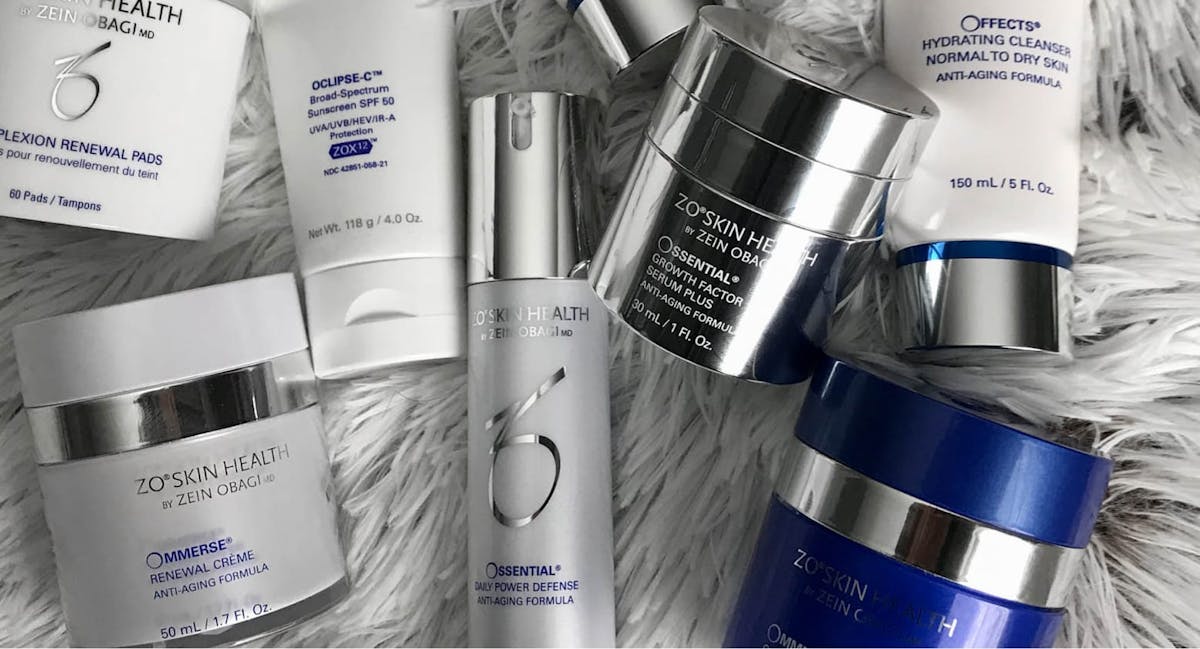The goal of Asian rhinoplasty is to create a nose that enhances the beauty of the Asian face, not to create a Caucasian nose. Board-certified plastic surgeon Dr. Shim Ching specializes in Asian cosmetic procedures for women and men.
What are the benefits of revision rhinoplasty?
Dr. Ching has extensive experience performing revision rhinoplasty for previous procedures performed elsewhere. These often involve improving a patient’s nose for a more natural appearance. The most common reason for revision is a “short nose,” which almost always requires a septal extension graft. Another common reason for revision rhinoplasty involves a nasal implant that is visible because the implant is too big or placed directly underneath the skin. Ideally, an implant should look completely natural. A natural appearance is restored when an appropriately sized implant is chosen and the implant is placed directly next to the bone, in the subperiosteal position.




